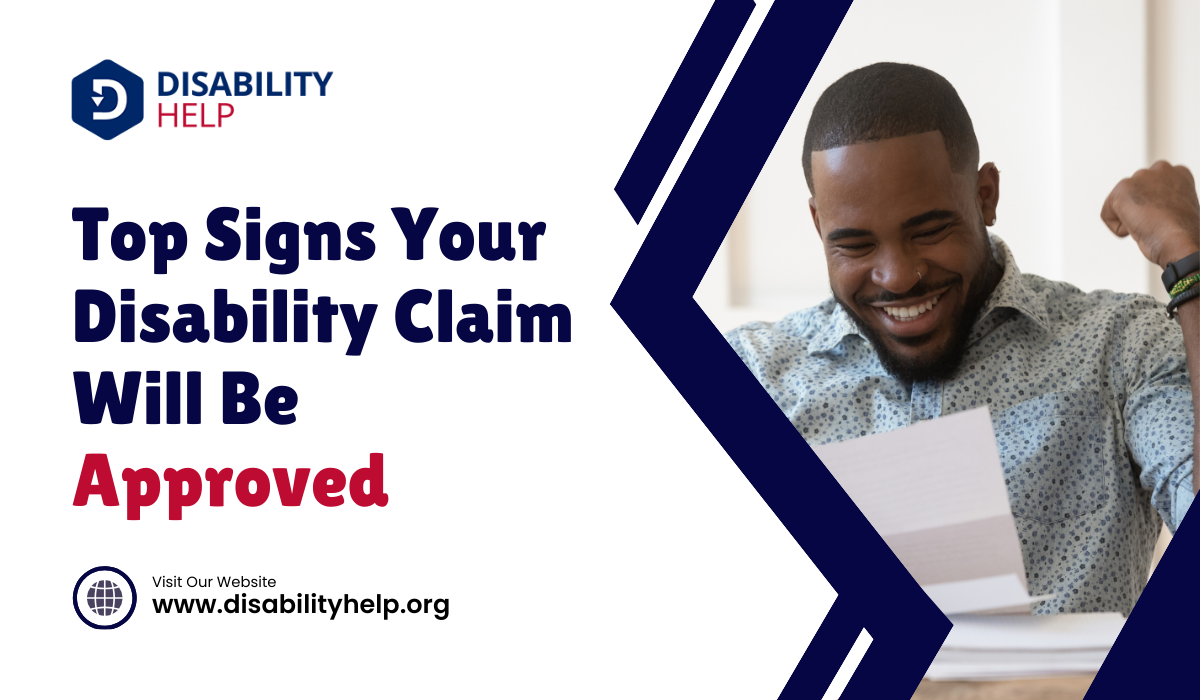Section 508 is our foundational guide for making electronic and information technology accessible to everyone, including individuals with disabilities. Originating from the Rehabilitation Act of 1973A U.S. law that prohibits discrimination based on disability in federal programs and services, inclu..., its 1998 addition mandates federal agencies to guarantee EIT accessibilityThe design of products, devices, services, or environments to be usable by people with disabilities..... This means technology must be perceivable, operable, understandable, and robust, guaranteeing equal accessThe principle that all individuals, including those with disabilities, should have equal opportunity... for employees and the public. Explore its principles, and you'll discover more about its impact and compliance requirements.
Key Takeaways
- Section 508 is part of the RehabilitationThe process of helping individuals with disabilities achieve and maintain their optimal physical, se... Act of 1973, focusing on accessibility for individuals with disabilities.
- It mandates federal agencies to ensure electronic and information technology is accessible to employees and the public.
- Compliance requires technology to be perceivable, operable, understandable, and robust for all users.
- Section 508 impacts government agencies by promoting inclusivity and equal access to informationThe right of individuals with disabilities to obtain and use information, often requiring accessible... and services.
- While primarily for federal agencies, contractors and businesses can benefit from embracing Section 508 standards.
Understanding the Origins and Purpose of Section 508

Although many mightn't be familiar with it, Section 508 is a crucial component of the Rehabilitation Act of 1973, aimed at guaranteeing accessibility for individuals with disabilities.
Our focus here is understanding its origins and purpose. Initially, the Rehabilitation Act sought to eliminate barriers for individuals with disabilities, promoting equal opportunities.
Section 508, specifically, targets electronic and information technology (EIT) accessibility.
We should recognize that this section was added in 1998 to address the growing importance of technology in daily life. It mandates that federal agencies guarantee their EIT is accessible to both employees and the public.
This means we must think about how technology can be inclusive, making sure all individuals can access and use federal information and services effectively.
Key Requirements for Section 508 Compliance
Understanding the origins and purpose of Section 508 provides a foundation for examining its key requirements.
These requirements guarantee that electronic and information technology is accessible to everyone, including people with disabilities. We must focus on creating websites, software, and documents that are perceivable, operable, understandable, and robust. This means using alt text for images, guaranteeing keyboard navigation, providing captions for videos, and designing with readability in mind.
We also need to conduct regular accessibility tests using both automated tools and manual checks. By doing so, we can identify and address potential barriers.
Training and educating our teams about accessibility principles will empower us to maintain compliance. Meeting these requirements not only fulfills legal obligations but also fosters an inclusive digital environment.
Impact of Section 508 on Government Agencies
When we consider the impact of Section 508 on government agencies, it's clear that compliance isn't just a legal requirement—it's a commitment to inclusivity.
By ensuring that digital content is accessible, we can serve all citizens effectively, regardless of their abilities. This means redesigning websites, documents, and online services to meet accessibility standards.
Section 508 compels us to reevaluate how we communicate and share information. It encourages us to adopt technologies that are user-friendly for everyone, including individuals with disabilities.
This not only improves accessibility but also enhances the overall user experience for all.
Moreover, as we integrate accessibility into our workflows, we foster a more inclusive culture within our organizations.
Compliance with Section 508 is an ongoing process, reflecting our dedication to equal access for all.
Section 508 Compliance for Private Businesses
How does Section 508 apply to private businesses, you might wonder? While Section 508 directly mandates federal agencies to guarantee accessibility in their electronic and information technology, private businesses aren't legally bound by it unless they're contracting with the government.
If we're involved in such contracts, we must guarantee our digital products and services are accessible to individuals with disabilities, aligning with Section 508 standards. This includes websites, software, and any electronic communications.
It's not just about compliance; embracing these standards can enhance user experience for everyone and potentially open up new markets.
Consequences of Non-Compliance With Section 508
When we don't comply with Section 508, we risk facing significant legal penalties that can impact our financial stability.
Beyond the legal consequences, failing to meet these standards can harm our reputation and erode the trust our clients and partners place in us.
It's essential that we prioritize accessibility to avoid these pitfalls and maintain our credibility.
Legal Penalties Incurred
Failing to comply with Section 508 can lead to several legal consequences that organizations should be aware of.
We must recognize that non-compliance isn't just a breach of ethical responsibility but also a legal one. Federal agencies and contractors who ignore these requirements risk facing lawsuits. These legal actions can result in costly settlements or judgments against the organization.
Additionally, they may face administrative complaints that can lead to mandatory corrective actions. The Department of Justice and other federal bodies can investigate non-compliance, leading to federal oversight.
Financial penalties and loss of federal funding or contracts are possible outcomes. We should also consider the potential for increased scrutiny from advocacyThe act of arguing in favor of, supporting, or defending the rights and interests of individuals or ... groups.
Reputation and Trust Impact
Beyond the legal ramifications, non-compliance with Section 508 can severely impact an organization's reputation and the trust it holds with the public and stakeholders.
When we overlook accessibility, we risk alienating individuals who rely on accessible content. This oversight doesn't just harm those needing accommodationsModifications or adjustments in healthcare settings to support patients with disabilities.; it sends a message that inclusivity isn't a priority.
As a result, we can face backlash from the community, leading to negative press and a tarnished image. Stakeholders and customers may question our values and commitment to social responsibility.
In today's interconnected world, where information travels fast, a single instance of non-compliance can quickly become public knowledge.
We must guarantee our digital content is accessible, fostering trust and demonstrating our dedication to inclusivity and equality.
Advantages of Embracing Digital Accessibility

Embracing digital accessibility offers numerous advantages that can transform how we engage with technology. First, it broadens our audience by ensuring everyone, regardless of ability, can access our content. This inclusivity doesn't just meet legal obligations; it fosters a diverse community that values each member's participation.
When we prioritize accessibility, we enhance user experience for all. Features like captions and voice commands benefit everyone, not just those with disabilities.
Moreover, accessible design boosts SEO. Search engines favor sites that are easy to navigate, which can improve our visibility and reach. By integrating accessibility, we demonstrate social responsibility, enhancing our brand's image and trustworthiness.
Ultimately, committing to digital accessibility isn't just ethical; it's strategically beneficial for our growth and success.
Conclusion
In embracing Section 508, we're not just meeting legal requirements; we're creating a more inclusive digital world. By ensuring accessibility, we empower everyone to access and engage with digital content. Government agencies and private businesses alike benefit from broader reach and enhanced reputations. Non-compliance isn't just risky; it misses an opportunity to lead in inclusivity. Let's commit to digital accessibility, fostering innovation and equality in our shared digital landscape. Together, we can make a difference.






